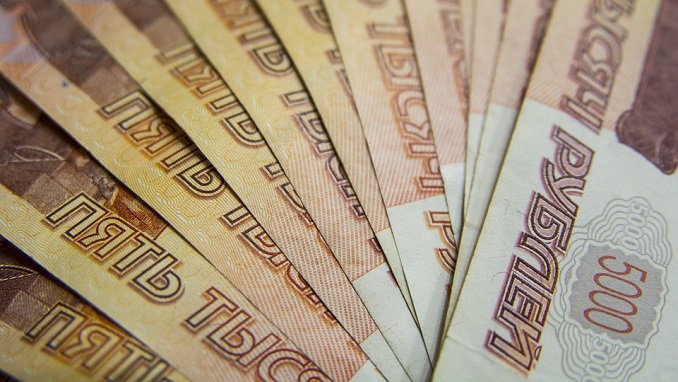The stock markets of developing countries in 2019 attracted $310 billion of portfolio investments of non-residents – against $194 billion a year earlier and $375 billion in 2017, experts at the Washington Institute of International Finance (IIF) calculated.
Separately, in December, the inflow amounted to $30.7 billion compared to November $19.9 billion. Among the reasons for the increased demand for securities of emerging markets is the achievement of agreements by agreement between the U.S. and China, as well as the consequences of the soft monetary policy of central banks of developed countries.
The inflow of funds into debt securities in December rose to $17.8 billion (from $15.9 billion in November). Investments in stocks in China rose to $10.1 billion. In shares in other emerging markets – up to $2.8 billion (for the first time since July 2019 this figure was positive).
The inflow of funds to bonds mainly increased for Latin America ($8.8 billion against $3.1 billion in November), and to stocks – to the markets of developing countries in Asia ($13.6 billion against $7.3 billion).
In Russia, the inflow of capital last year was primarily manifested in increased demand for federal loan bonds – from December 1, 2018, to December 1, 2019, the nominal volume of such securities owned by non-residents increased from 1.8 trillion to 2.85 trillion rubles (the share of foreign investors in this market during this time increased from 24.7% to 31.9%).
The main Russian indices also showed record growth: the RTS dollar index grew by 44.9% at the end of the year, the Moscow Exchange index grew more modestly by 28.6% due to the strengthening of the ruble against the dollar.
According to IIF, the total capital inflow (including the banking sector and foreign direct investment) in November 2019 amounted to only $0.7 billion (data for December is not yet available) but was positive for the first time since August (in October, in particular, there was a decline in $49.6 billion).
Note that in December the U.S. Federal Reserve, maintaining the previous rate of 1.5-1.75% per annum, completed a short period of monetary easing (since July 2019, the rate has been reduced by a total of 0.75 percentage points).
It follows from the protocol of the last meeting of the regulator that it will most likely maintain a rate even in case of improvement in growth and inflation indicators, which creates favorable conditions for investments in emerging markets.



